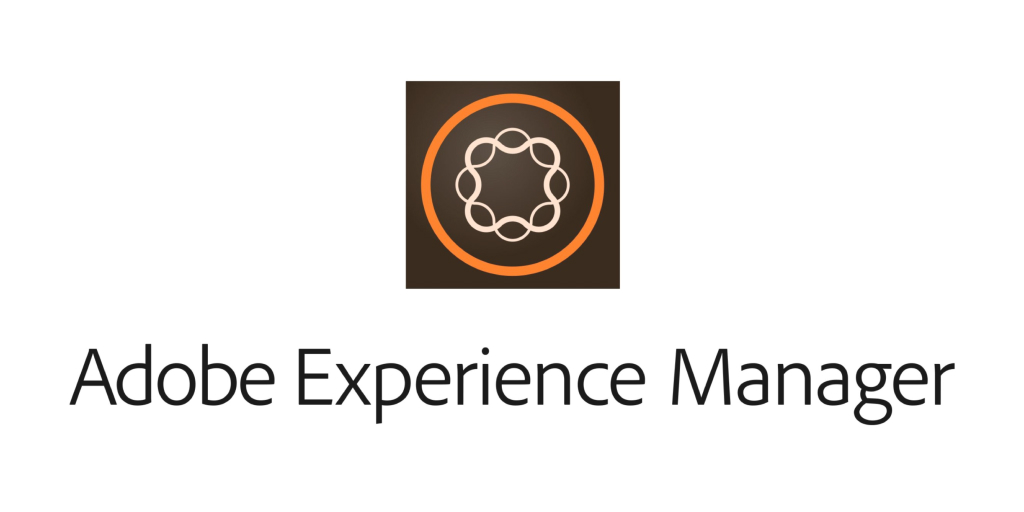In today’s fast-paced digital landscape, establishing a robust online presence is paramount for businesses aiming to connect with their audience effectively. The foundation of a stellar digital experience lies in the choice of a reliable Content Management System (CMS). Among the industry leaders, Adobe Experience Manager (AEM) stands out as a comprehensive solution that caters to the diverse needs of enterprises.
What is Adobe Experience Manager (AEM)?
Adobe Experience Manager is a top-tier web content management and digital asset management solution designed specifically for enterprises. It empowers businesses to:
- Create, manage, and deliver personalized content across channels: AEM facilitates the creation of tailored content that resonates with target audiences across various digital touchpoints.
- Provide consistent omnichannel brand experiences: Ensuring a unified brand identity is crucial in the digital landscape, and AEM excels in maintaining visual consistency across different channels.
- Optimize content performance with integrated analytics: AEM’s tight integration with Adobe Analytics solutions allows businesses to gain actionable insights, enabling them to refine and enhance content for better engagement and conversions.
- Future-proof digital initiatives for evolving business landscapes: AEM’s capabilities are designed to adapt to the dynamic nature of digital business, providing a foundation for sustainable growth.
AEM strikes a balance between content velocity, consistency, and compliance, making it an essential tool for businesses aiming for sustained success in the digital realm.
Key Capabilities of Adobe Experience Manager
- Effortless Authoring: AEM simplifies the content creation process by offering an intuitive WYSIWYG interface. Content creators can author content with minimal technical know-how, incorporating drag-and-drop components and real-time previews for enhanced productivity.
- Consistent Branding: Leveraging reusable templates and modular components aligned with branding guidelines, AEM ensures visual consistency across channels. Authors can easily fill configured content blocks during creation, maintaining a unified brand identity.
- Simplified Asset Management: AEM’s integrated Digital Asset Management capabilities enable centralized management of images, videos, PDFs, and other rich media. Authors can access the asset repository on-the-fly when creating pages, streamlining the content creation process.
- Seamless Cross-channel Delivery: AEM facilitates omnichannel content delivery, whether it’s for the web, mobile, email, kiosks, or even printed material. Content can be efficiently outputted to any channel from the same central repository, ensuring a cohesive customer experience.
- Optimized Content: Tight integration with Adobe Analytics solutions allows AEM to provide actionable insights for optimizing content. Personalized content delivery based on audience data further enhances engagement and conversions.
The Business Benefits of Adobe Experience Manager
Implementing Adobe Experience Manager can yield compelling business benefits, including:
- 73% faster time-to-market: Through the use of reusable templates and components.
- 2X higher brand consistency: Achieved through centralized omnichannel content operations.
- 62% higher search traffic and conversions.
- 38% increase in average order value.
Why Choose Adobe Experience Manager?
- Proven Enterprise-Grade Track Record: AEM powers 30% of global Fortune 500 companies, including industry leaders such as Philips, Audi, and Coca-Cola. Its robust tools are tailored to meet the demands of complex enterprise environments.
- Cloud Architecture for Agility: Adobe AEM’s cloud-native foundation provides unmatched agility, unlimited scalability, and a lower Total Cost of Ownership (TCO), ensuring it can grow seamlessly as a brand evolves.
- Seamless Integrations: AEM’s composable DXP approach, involving REST APIs and microservices, enables seamless integration with adjacent Marketing Technology (MarTech) solutions such as Adobe Target, Salesforce CRM, and more.
- Part of Adobe’s Powerhouse Portfolio: As part of the Adobe Experience Cloud, AEM can tap into customer intelligence and shared services across the Adobe Marketing Cloud, driving hyper-personalization and enhancing overall customer experiences.
The Blueprints for Your CMS
Implementing AEM requires careful planning across architecture, security, integrations, and content workflows aligned with business objectives. Adobe provides comprehensive technical documentation and best practices blueprints to guide businesses through the implementation process.
How Blue Whale Apps Can Help
As a leading Adobe Solution partner, Blue Whale Apps offers end-to-end support for AEM initiatives. From consulting to clarify requirements, solution design, custom add-ons, implementation services, testing, and post go-live enhancements, Blue Whale Apps leverages its Centers of Excellence around Portals, Mobile, and Content Delivery. Solution Accelerators reduce time-to-market and Total Cost of Ownership, fostering innovation in CMS projects.
Conclusion
Adobe Experience Manager emerges as a powerful choice for enterprises seeking an advanced CMS solution. Its proven track record, cloud-native architecture, seamless integrations, and inclusion in Adobe’s extensive portfolio make it a comprehensive choice for businesses aiming to deliver exceptional digital experiences. With the support of a trusted partner like Blue Whale Apps, organizations can unlock the full potential of AEM, ensuring a successful CMS project that aligns with business goals and exceeds customer expectations. Contact Blue Whale Apps today to kickstart your CMS project and embark on a journey towards digital excellence with Adobe Experience Manager.






